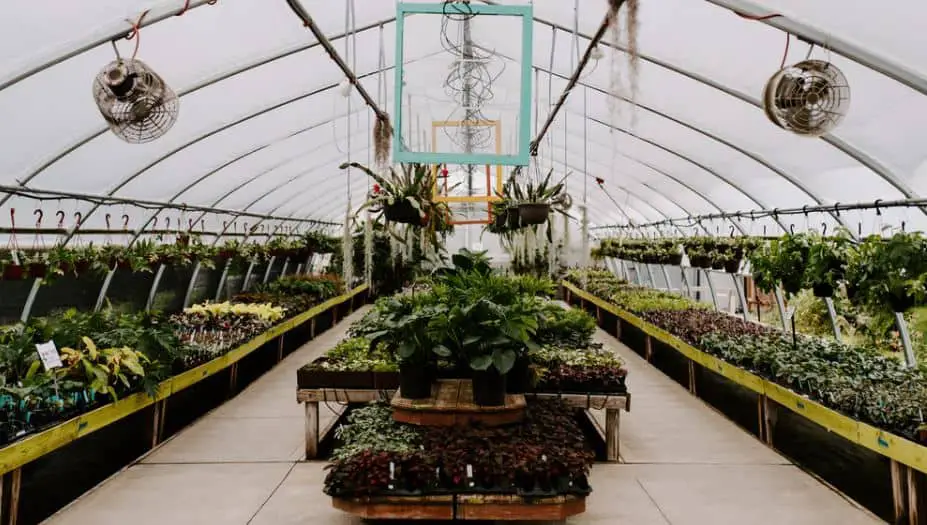The 1970s feel like a more laid-back era. The past often does, and although that may not be the case in reality, it is nevertheless enjoyable to visit it sometimes. Why not try some 1970s landscaping if you adore the era? To pay respect to your favorite era in history, choose popular houseplants, accessories, or décor from the 1970s. Here are some starting point suggestions.

Keep Everything Natural
In the 1970s, a lot of individuals desired a return to nature. They adopted the hippy mindset and rebelled against the immaculate lawns and white picket fences of the 1950s and 1960s.
Since a natural grass alternative is returning, you will not seem out of place if you turn part of your yard into a meadow, prairie, or natural wetland.
Start a Vegetable Garden
Vegetable gardens were nothing new in the 1970s, but they gained popularity again. A further criticism of the sterility of the suburban grass yard was the tendency towards growing vegetables. For the ultimate 70s throwback, tuck a vegetable patch into the corner of your natural yard.
Build a Beautiful Indoor Garden The 1970s youth movement that started this trend has been revived by millennials. It was uncommon to cultivate many plants inside at the time. Young people of the time preferred a more natural appearance over the cookie-cutter residences and interior design of the 1950s and 1960s.
Indoor gardens that resembled jungles and were crowded with houseplants were particularly fashionable in the 1970s. When confronted with limited or nonexistent outside places, young people in the 1970s also embraced balcony and fire escape gardens.
Choose your Favorite 1970s Plants
Choose some of these plants that were popular in the 1970s whether you are gardening inside, outdoors, or both:
- Wildflowers — Create natural garden beds or even wide meadows that adhere to the 1970s’ natural motif. The best species to use are local ones.
- Indoor Oak — In a 1970 New York Times story, Nicodemia diversifolia was referred to as a welcoming and woodsy alternative to green plants. While the little Madagascar shrub has green leaves, it is also rather woody. Grow it in a pot as a shrubby plant.
- Variegated Wax Ivy — Known in the 1970s as parlor ivy or jade vine, variegated Senecio macroglossia is now better known as variegated wax ivy. This stunning house or hanging plant is a trailing plant with ivy-shaped leaves in white and green color.
- Philodendron — Philodendron is a perennially fashionable houseplant. The then-new Red Emerald variety, which has large, waxy leaves, crimson stems, and blooms, and the climbing philodendron Emerald Queen, were popular in the 1970s.
- Mini plants — In the 1970s, every little groundcover or indoor plant was a joyful novelty. Miniature begonias and prostrate peperomia are two common examples. The latter is especially useful for terrariums, another craze from the 1970s.
Include 1970s Accessories and Décor
If you use plants, your yard or house will not have the desired 1970s mood. The correct style, which in the 1970s included strong, earthy hues, psychedelic and hippie influences, natural materials, gentle lines, and swirly patterns, requires the right accessories.
To give your indoor gardens and plants from the 1970s more authenticity, use some of these designs, aesthetics, and trends:
- Macrame planters — Macrame is one of the few materials that best represent the 1970s. These intricate patterns, often used for hanging plants, were created by simply knotting cables. You cannot have a retro indoor garden without a few dozen macrame plant hangers from the 1970s.
- Rattan garden furniture — Natural materials, particularly rattan, were trendy throughout the 1970s. The rattan palm has strong vines ideal for weaving into even stronger furniture. Get rattan furniture for your patio or sunroom, and add pillows with cool fabric designs.
- Garden ornaments — While they have come and gone, they were quite popular in the 1970s. You may still purchase genuine antique items from the 1970s, like garden gnomes, figurines of animals, lanterns, and other items, by doing a simple web search.
Some individuals prefer that the 1970s never return. Yet, expressing the 1970s in your landscape is a terrific way to appreciate it if you want to embrace the era.

